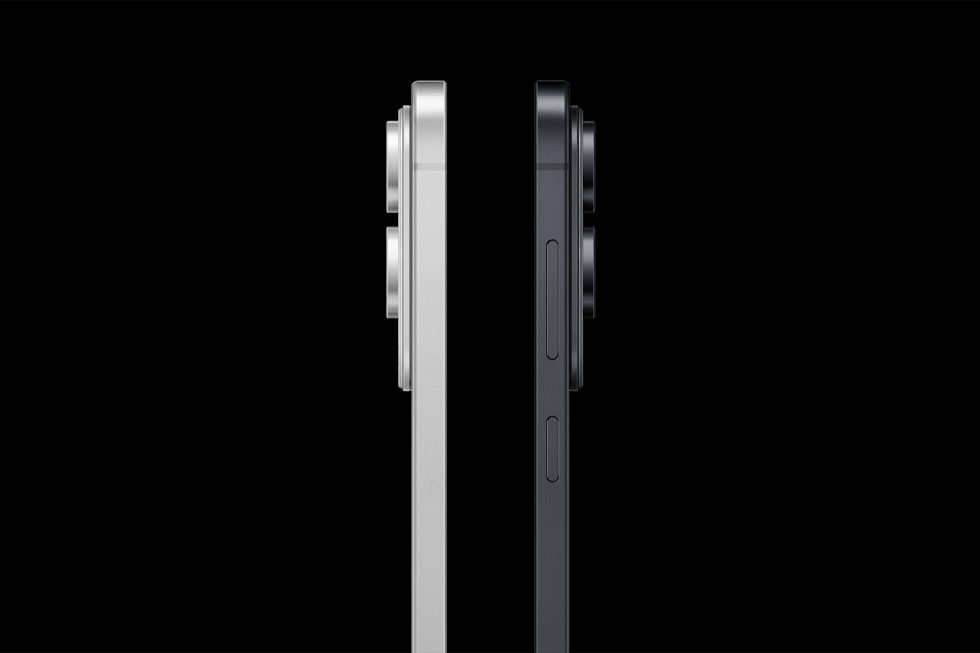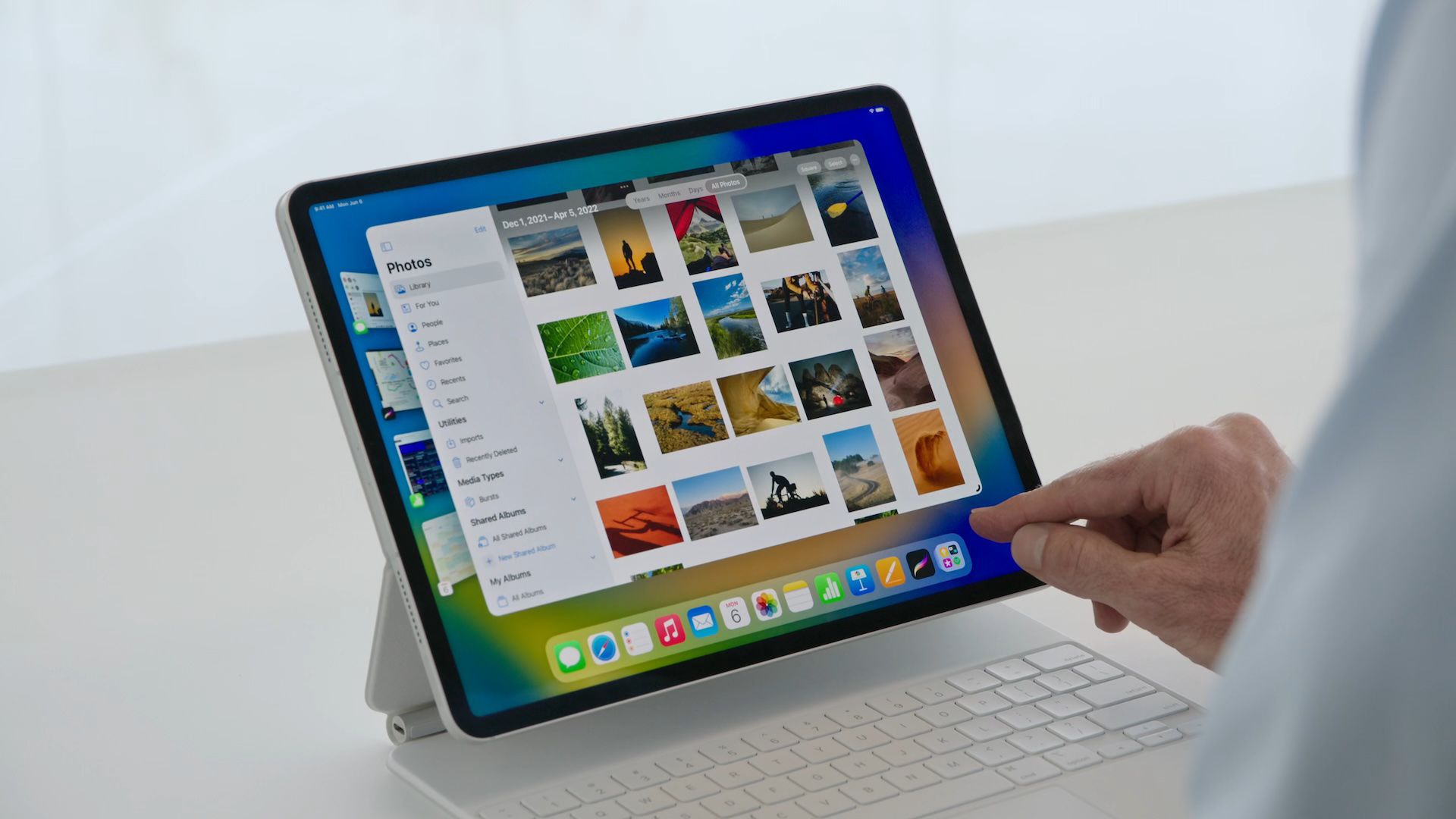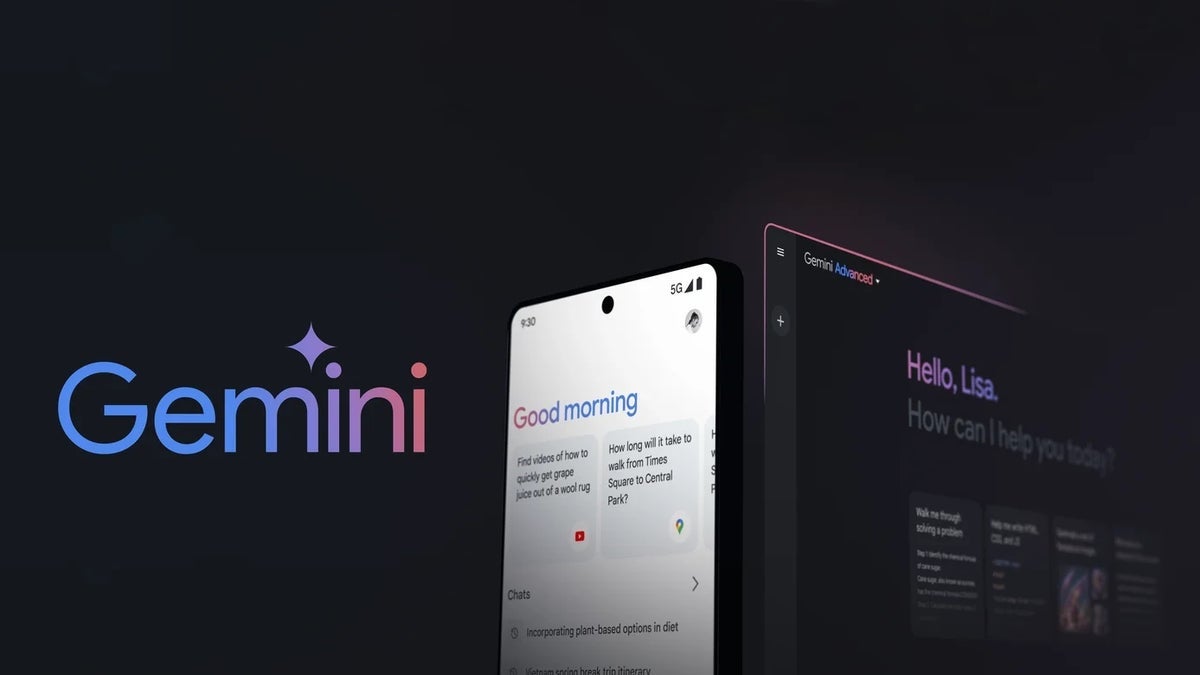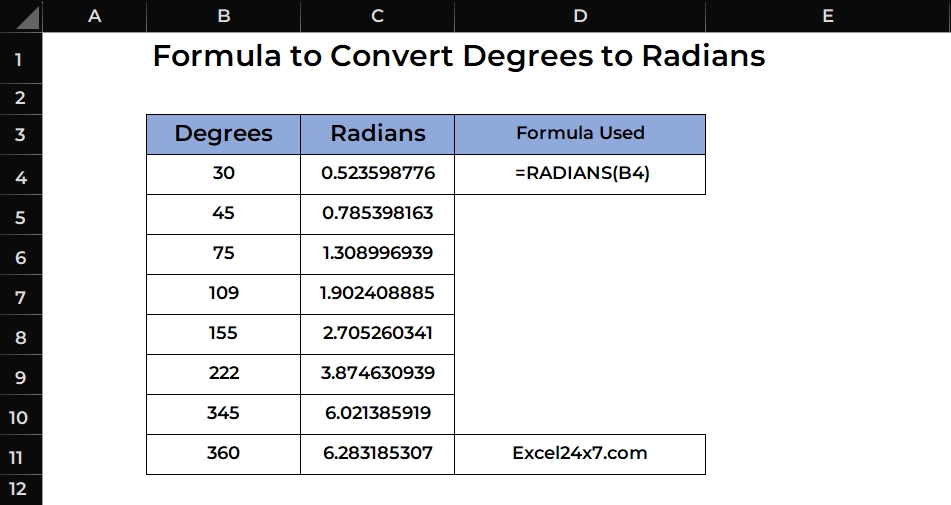How I Built a Smarter Link-in-Bio Setup Without a Full Website
Most of us working on side projects or building in public hit a weird friction point early on: You want to share your work—maybe your GitHub, blog, product demo, or buy-me-a-coffee page but platforms like X, Instagram, or TikTok only give you one link. Link-in-bio tools fix that, but most of them feel like they were built for lifestyle influencers, not indie devs or technical creators. They’re bloated, closed, or weirdly expensive. So I decided to rethink how I handled mine and what I ended up using saved me from building a whole separate landing page. What I wanted from a dev-friendly bio link setup Customizable but fast to set up Clean, no bloat Analytics I could actually use Multiple pages under one account (for personal vs project profiles) A way to share links across different audiences/platforms Ideally, open to tracking by device or country Carrd was close, but still required design effort. What I landed on: Linkx.ee I found Linkx.ee while browsing some creator tool lists. It checked the right boxes from a dev perspective: No-code setup with the option to go deep if you want Fast page loading QR code generator (surprisingly useful at conferences or meetups) Device- and geo-based link targeting Works with webhooks and can plug into analytics pipelines You can run multiple profiles (great if you want to separate open source from paid projects) It also gave me a clean public-facing page without needing to spin up a static site or configure a reverse proxy. For side projects, MVPs, or just linking from your GitHub profile, it’s kind of perfect. If you’re a developer who doesn’t want to manage yet another frontend just to share links to your work, a solid link-in-bio tool is surprisingly useful. And if you’re like me someone who likes performance, metrics, and clean interfaces you might want to skip the mainstream stuff and give Linkx.ee a try. Linktree and Koji felt too influencer-y.

Most of us working on side projects or building in public hit a weird friction point early on:
You want to share your work—maybe your GitHub, blog, product demo, or buy-me-a-coffee page but platforms like X, Instagram, or TikTok only give you one link.
Link-in-bio tools fix that, but most of them feel like they were built for lifestyle influencers, not indie devs or technical creators. They’re bloated, closed, or weirdly expensive.
So I decided to rethink how I handled mine and what I ended up using saved me from building a whole separate landing page.
What I wanted from a dev-friendly bio link setup
- Customizable but fast to set up
- Clean, no bloat
- Analytics I could actually use
- Multiple pages under one account (for personal vs project profiles)
- A way to share links across different audiences/platforms
- Ideally, open to tracking by device or country
Carrd was close, but still required design effort.
What I landed on: Linkx.ee
I found Linkx.ee while browsing some creator tool lists. It checked the right boxes from a dev perspective:
- No-code setup with the option to go deep if you want
- Fast page loading
- QR code generator (surprisingly useful at conferences or meetups)
- Device- and geo-based link targeting
- Works with webhooks and can plug into analytics pipelines
- You can run multiple profiles (great if you want to separate open source from paid projects)
It also gave me a clean public-facing page without needing to spin up a static site or configure a reverse proxy. For side projects, MVPs, or just linking from your GitHub profile, it’s kind of perfect.
If you’re a developer who doesn’t want to manage yet another frontend just to share links to your work, a solid link-in-bio tool is surprisingly useful. And if you’re like me someone who likes performance, metrics, and clean interfaces you might want to skip the mainstream stuff and give Linkx.ee a try.
Linktree and Koji felt too influencer-y.





















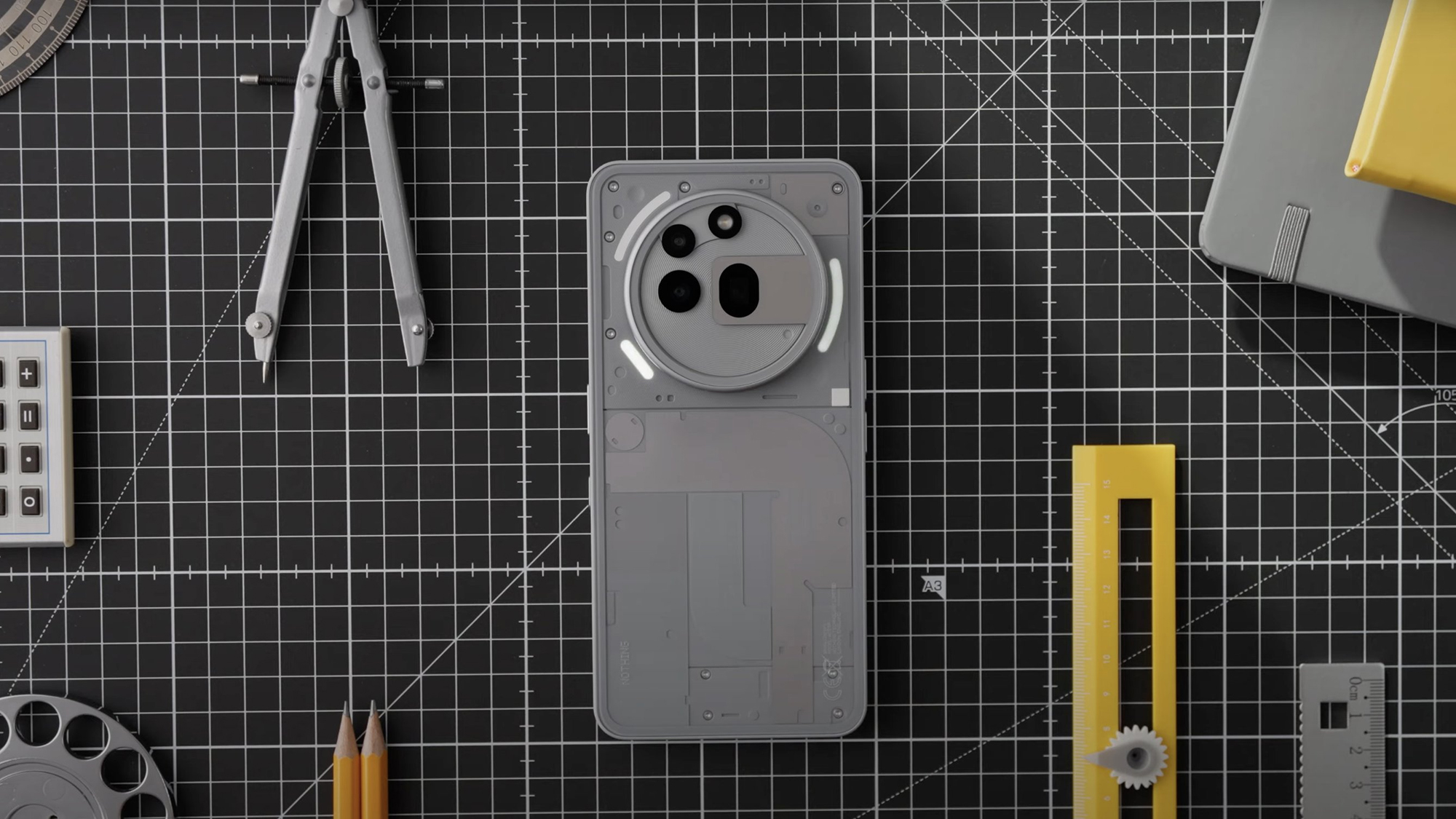

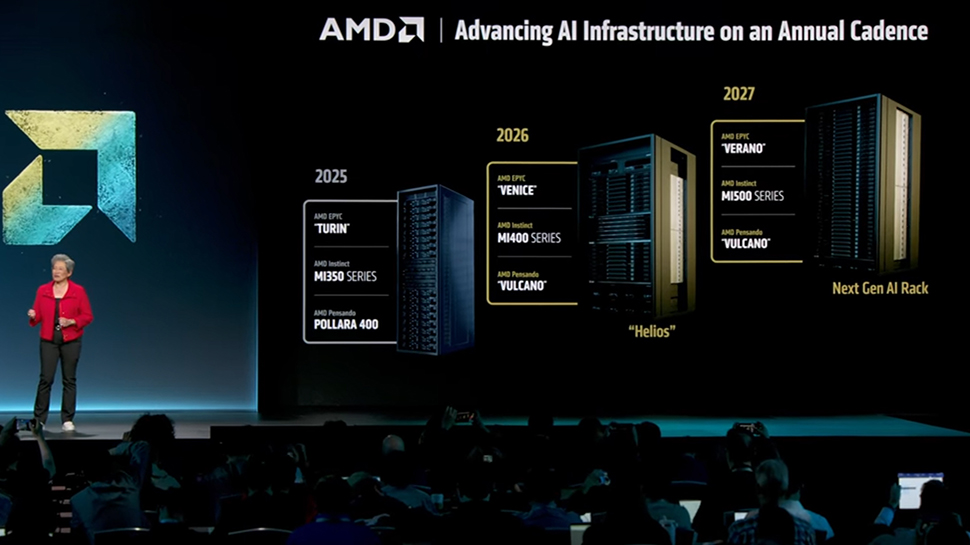






















































































































































![[The AI Show Episode 154]: AI Answers: The Future of AI Agents at Work, Building an AI Roadmap, Choosing the Right Tools, & Responsible AI Use](https://www.marketingaiinstitute.com/hubfs/ep%20154%20cover.png)
![[The AI Show Episode 153]: OpenAI Releases o3-Pro, Disney Sues Midjourney, Altman: “Gentle Singularity” Is Here, AI and Jobs & News Sites Getting Crushed by AI Search](https://www.marketingaiinstitute.com/hubfs/ep%20153%20cover.png)
























































































































![[FREE EBOOKS] The Chief AI Officer’s Handbook, Natural Language Processing with Python & Four More Best Selling Titles](https://www.javacodegeeks.com/wp-content/uploads/2012/12/jcg-logo.jpg)









































































![GrandChase tier list of the best characters available [June 2025]](https://media.pocketgamer.com/artwork/na-33057-1637756796/grandchase-ios-android-3rd-anniversary.jpg?#)




































































_Frank_Peters_Alamy.jpg?width=1280&auto=webp&quality=80&disable=upscale#)




















































































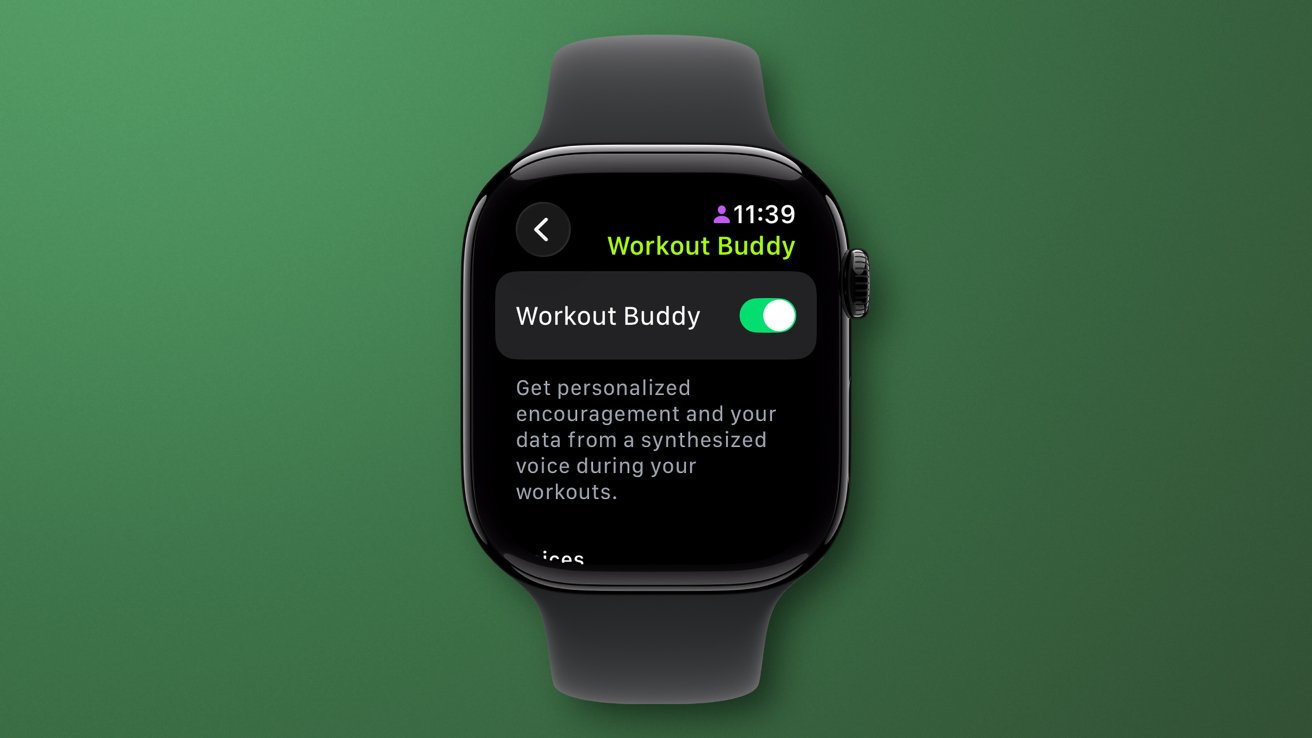


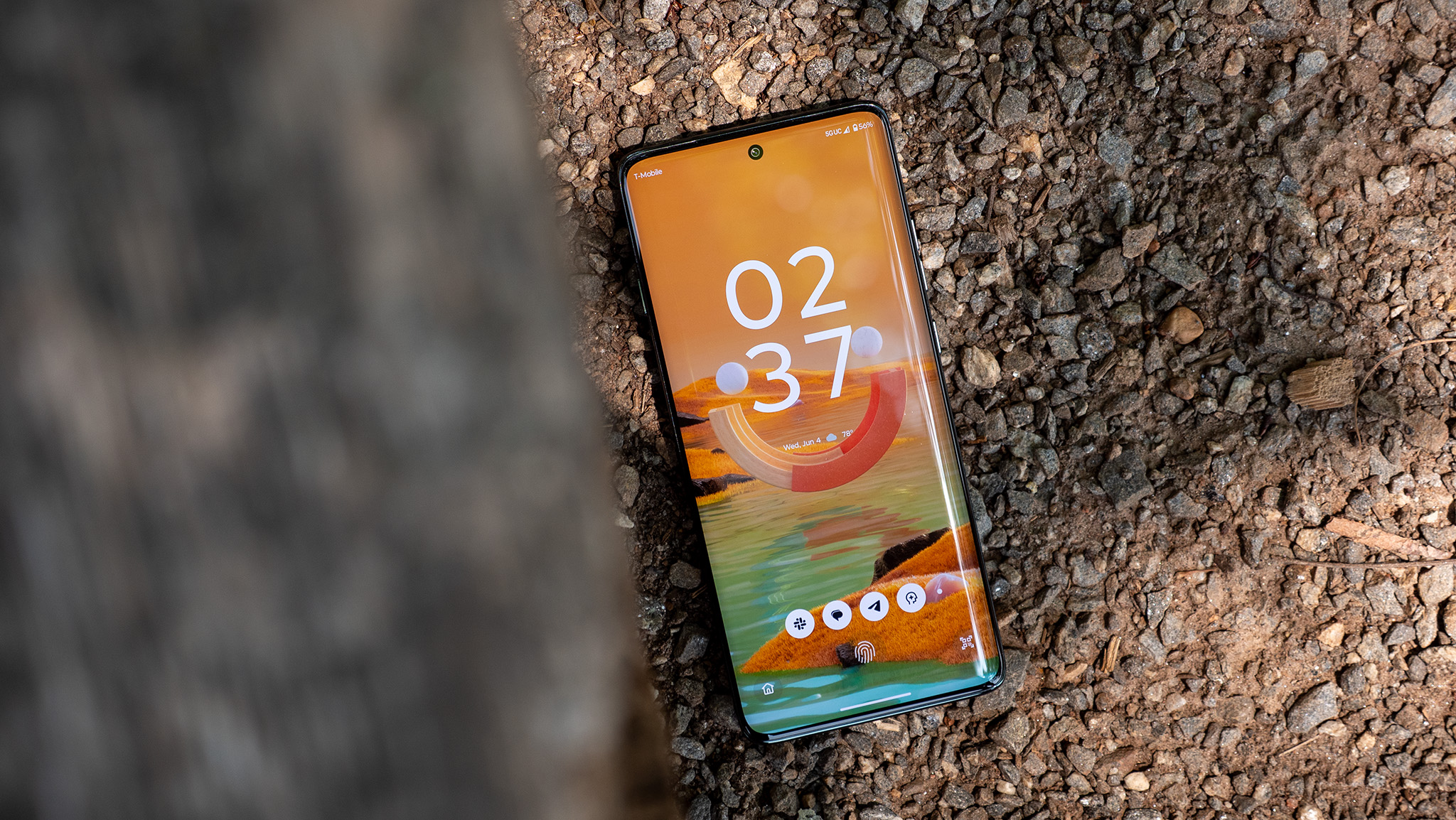

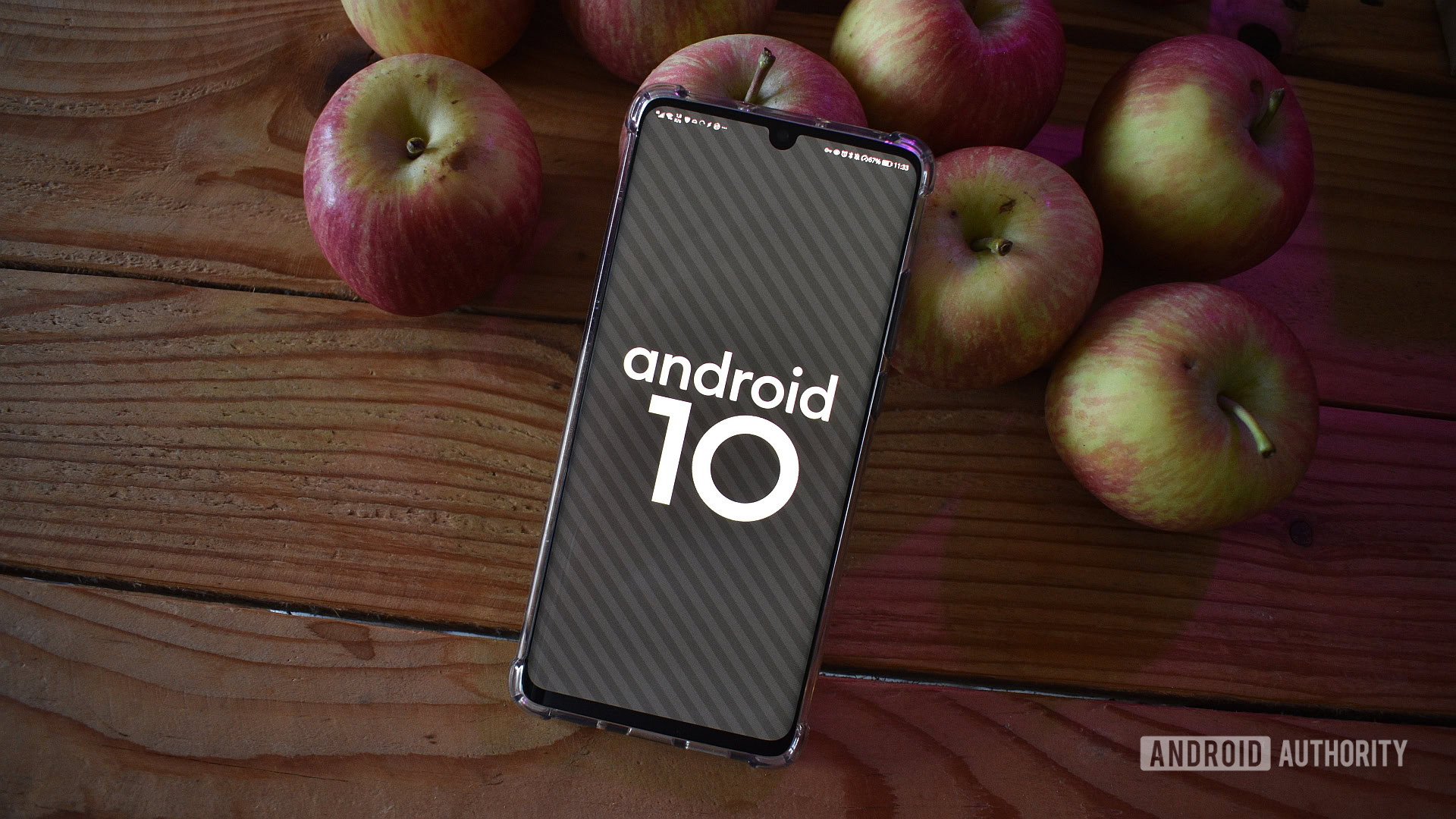
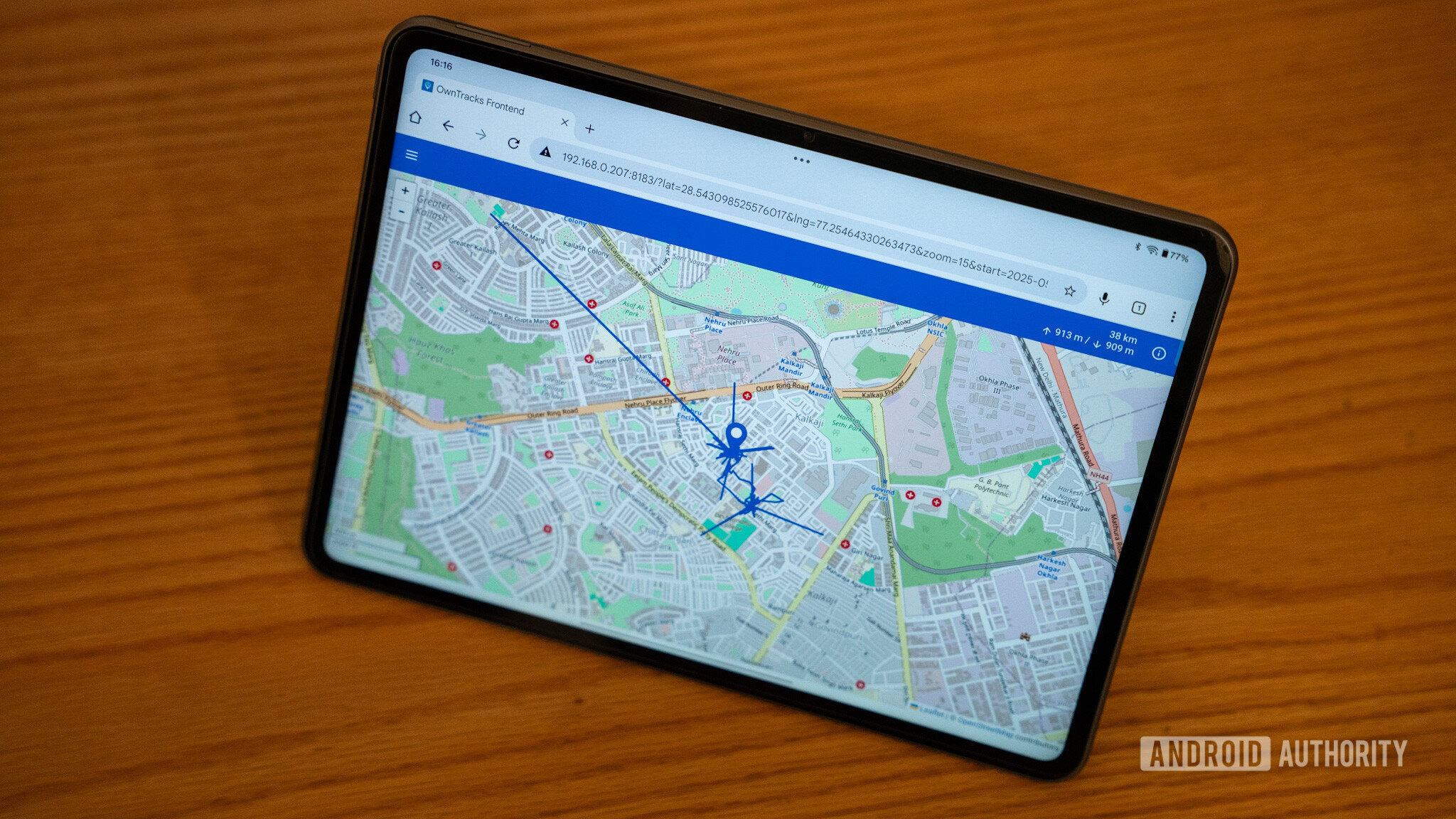





















![Apple Weighs Acquisition of AI Startup Perplexity in Internal Talks [Report]](https://www.iclarified.com/images/news/97674/97674/97674-640.jpg)
![Oakley and Meta Launch Smart Glasses for Athletes With AI, 3K Camera, More [Video]](https://www.iclarified.com/images/news/97665/97665/97665-640.jpg)

![How to Get Your Parents to Buy You a Mac, According to Apple [Video]](https://www.iclarified.com/images/news/97671/97671/97671-640.jpg)























![New accessibility settings announced for Steam Big Picture Mode and SteamOS [Beta]](https://www.ghacks.net/wp-content/uploads/2025/06/New-accessibility-settings-announced-for-Steam-Big-Picture-Mode-and-SteamOS.jpg)


